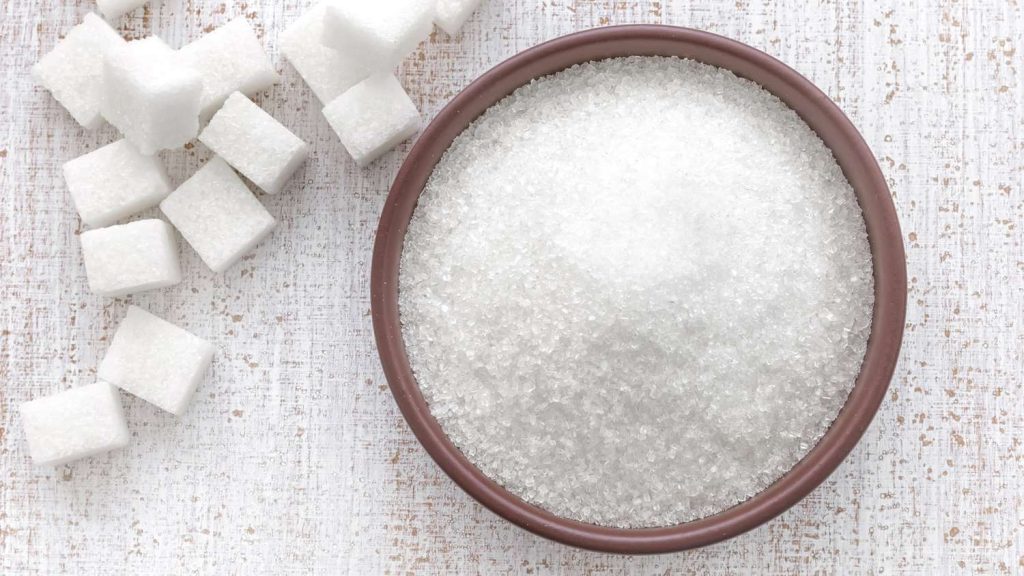Reducing or eliminating sugar from your diet can lead to significant health benefits, including improved energy levels, better mood stability, and enhanced metabolic function. However, the transition away from sugar can be challenging due to its pervasive presence in many foods and its addictive qualities. Understanding the physiological changes that occur when you cut sugar and implementing practical strategies can facilitate a smoother adjustment and promote long-term success.
Immediate Effects of Reducing Sugar Intake
When you reduce sugar consumption, your body begins to adjust almost immediately. Within the first hour, blood sugar levels start to stabilize as insulin manages the remaining glucose from your last meal. This stabilization helps prevent the rapid spikes and crashes associated with high sugar intake, leading to more consistent energy levels and reduced cravings. As your body adapts, you may experience withdrawal symptoms such as headaches, irritability, and fatigue. These symptoms are temporary and typically subside as your system recalibrates to a lower sugar intake.

Transition to Fat as an Energy Source
As glucose availability decreases, your body shifts to using stored fat for energy through a process called ketosis. This metabolic change can result in increased energy and mental clarity for some individuals. However, others may experience symptoms known as the “keto flu,” including nausea, headaches, and dizziness. Maintaining proper hydration and electrolyte balance can help mitigate these effects.
Long-Term Benefits and Taste Adaptation
Over time, reducing sugar intake can lead to significant health improvements. Enhanced insulin sensitivity, weight loss, particularly around the abdominal area, and a decreased risk of chronic diseases like type 2 diabetes and heart disease are notable benefits. Additionally, your taste preferences may change, making naturally sweet foods like fruits more satisfying and reducing cravings for processed sweets.
Strategies for Reducing Sugar Intake
To successfully decrease sugar consumption, consider implementing the following strategies:
- Identify Hidden Sugars: Sugar is often added to processed foods under various names, such as sucrose, high-fructose corn syrup, and agave nectar. Reading nutrition labels carefully can help you identify and avoid these hidden sugars.
- Choose Whole Foods: Emphasize whole, unprocessed foods in your diet, including fruits, vegetables, whole grains, lean proteins, and healthy fats. These foods provide essential nutrients without added sugars.
- Opt for Natural Sweeteners: When a sweetener is necessary, consider using natural alternatives like lucuma powder, which offers a sweet taste along with beneficial nutrients and a lower glycemic index.
- Modify Beverage Choices: Replace sugary drinks like sodas and fruit juices with healthier options such as water, herbal teas, or water infused with slices of fruits or herbs for added flavor.
- Plan Balanced Meals: Incorporate a mix of protein, healthy fats, and complex carbohydrates into your meals to promote satiety and reduce sugar cravings.
- Practice Mindful Eating: Pay attention to your body’s hunger and fullness cues to avoid unnecessary snacking and reduce the likelihood of reaching for sugary foods out of habit or boredom.
- Gradual Reduction: Gradually decreasing sugar intake can make the transition more manageable and sustainable. Slowly reduce the amount of sugar added to foods and beverages to allow your taste buds to adjust.

Addressing Sugar Cravings
Managing cravings is a crucial aspect of reducing sugar intake. Consuming high-fiber snacks, such as Natural Delights Cacao Pecan Mini Medjools, can provide a sweet taste without added sugars and help maintain stable blood sugar levels. Additionally, increasing protein intake may help reduce sugar cravings, as protein can promote feelings of fullness and stabilize energy levels.
Conclusion
Eliminating or reducing sugar from your diet is a significant step toward improved health and well-being. While the initial transition may present challenges, understanding the physiological changes and implementing practical strategies can facilitate a smoother adjustment. By making informed dietary choices and addressing cravings effectively, you can achieve a sustainable reduction in sugar intake and enjoy the long-term health benefits associated with this lifestyle change.

















